With its head high up in clouds perched on Himalayan peaks and its toes in the tropical waters of the Bay of Bengal, West Bengal is unlike any Indian state. Numerous rivers crisscross the flat plains that are redolent with paddy, wheat, and corn. Every summer, we rode the Darjeeling Mail from Calcutta up the spine of the state to the township of Siliguri to seek relief in the murmuring rain of the foothills. My grandparents lived in a town named Haldibari. Once a rickety train with green cars and open windows chugged from Chilahati across the border in Bangladesh to Haldibari. During the annual Huzur Sahib’er
Throughout centuries, Bauls, or minstrels, have travelled from village to village in Bengal’s heartlands thrumming their ektaras and singing folk songs. Further west, in Purulia one can see geological features of the Chota Nagpur Plateau and partake of tribal celebrations. The land fans into an estuary in the south, into a wilderness of crocodile-infested mangrove and, transforms into a dynamic landscape governed by tides. The Sundarbans is as beautiful as it is treacherous. Rivers swallow islands and entire villages vanish overnight but it is also from these tiger-infested forests that you can see a lunar rainbow. Rural Bengal’s culture, especially along the porous border with Bangladesh, is shaped as much as by its native populace as it is by immigrants. When my ancestors arrived from riot-torn East Pakistan to Malda, they were offered shelter by a Muslim family. The border ran right through their courtyard!
When is the best time to visit West Bengal? This is a tough question! There are numerous fairs happening every month in the state. There’s a joke that the state government’s cultural ministry is the busiest in the country because they seem to organize a fair every month! Join us in our quest to experience Bengal’s regional flavours. Oh and here’s a calendar and a guide for you!
January | February | March | April | May | June | July | August | September | October | November | December
JANUARY
Poush Parbon
Bengalis whine all year about the muggy heat of Calcutta but come winter, they wrap themselves up in layers of sweaters and mufflers and don monkey caps aka balaclavas instead of enjoying the sweet chill but winter is also the time for Poush Parbon or Makar Sankranti as it is known as in most parts of India. It is the time for dipping your fingers in
Joydev Kenduli Mela
If you visiting West Bengal in January, head north from Kolkata into the foggy landscapes of Bengal’s heartlands, the
Apeejay Kolkata Lit Fest
The Apeejay Kolkata Lit Fest is another one of the much-celebrated gatherings that make stories, be it fiction or not, their central themes but goes above and beyond to become a cultural study of current on-goings in the world of literature, films, music and more. Over the years, events have been organized at venues like the Victoria Memorial, St. Paul’s Church, Indian Museum, and Max Mueller Bhaban. Events range from book releases and readings to panel discussions, open mike poetry readings, film screenings, and plays. The added attractions are the stalwarts of the literary world who are ever ready to give you their autograph and encourage you on your explorations.
Tata Calcutta Lit Meet (Kalam)
From talks about literature, film, and music to book readings and Q/A sessions with your favourite writers, there’s something for everyone at the Tata Calcutta Lit Meet (Kalam) held in Calcutta. Also part of the festival is spoken word performances, music performances, films, and plays.
Gangasagar Mela
Before slipping into the tropical waters of the Bay of Bengal, the Ganges lazily flows by Sagar Island, 89 km south of Kolkata, where on Makar Sankranti believers and non-believers, young and the old all congregate to take a dip in the holy river to wash away their sins. Then there are others who skip the icy dip and wander through the crowd seeking tinctures for the soul. Naked Naga sadhus smoking chillums, holy men clad in saffron robes, agitated youngsters, women in brightly coloured saris, photographers shoving the lens up against your nose, writers starving for stories, the old and the sick some of whom are carried by bearers in makeshift chairs– all flock to the Gangasagar Mela. In the cacophony of conversations and announcements over loudspeakers, one can often hear the
Tusu Parab
Celebrated by tribal communities along the eastern edges of the Chota Nagpur Plateau (parts of the districts of Purulia, Bankura, and Midnapore in Bengal), Tusu Parab is a month-long harvest festival that starts on Aghrayan Sankranti and culminates on Makar Sankranti with the immersion of choudalas in rivers and streams. Made of bamboo and decorated with colourful papers, dolls, flowers, etc. the choudala is considered an embodiment of the deity. According to folklore, soldiers of some Nawab kidnapped a beautiful Kudumi girl, Tusu. The Nawab objected to this and punished his soldiers and released the girl but her family did not accept her. The girl, now a pariah, jumped in the Damodar and ended her life. The women in the community mourned her death. Today, Tusu is almost entirely a women’s festival. Like most deities in the Bengali household, Tusu is considered a member of the family, more a friend than a Goddess. Check out Anirban’s blog for some stunning photographs.
FEBRUARY
Boi Mela
The world is not a stranger to book fairs and yet The International Calcutta Book Fair, or Boi Mela as the city calls it, is certainly one of its kind. Traditionally, held between the months of January and February, this is the world’s biggest annual gathering of booksellers, buyers, and lovers. And it is not the large publishing houses that draw the Boi Mela loyalists from near and far year after year, it is the small independent presses that work tirelessly in nooks and crannies of this city, who work to ensure that Calcutta keeps pulsating with literature, poetry, and art. If you are a fan of media and literature, then this might be your mecca! If you are a struggling author, you might end up finding a publisher! Book launches, debates, celebrity author sightings, international guests, civic movements, all find a home here. Instead of limiting itself to only books, the fair seems to equally celebrate food, friendship, nostalgia and all good things alike. The inherent charm of the Boi Mela lies in the sheer amount of love, be it for books or for discovering the language of bhalo laga.
Also read: A Nostalgist’s Guide to Eating in Darjeeling

Saraswati Pujo
Saraswati Pujo aka the Bangali’s Valentine’s Day is a day dedicated to the Goddess of Learning but ironically you do not touch your books on this day; instead you lay them all at Maa Saraswati’s feet for her blessings and hit the streets, decked up in
Bishnupur Music Festival
Few things can compare to an ektara being played at dawn on a foggy morning in the courtyard of one of Bishnupur’s stunning terracotta temples. At the Bishnupur Music Festival, recently recognized as a National Fair, you can acquaint yourself with the music of some of Bengal’s finest musicians and the Bishnupur Gharana of music. Once the seat of power of the Malla kings, Bishnupur boasts of architectural treasures and hand-loom. At the fair, you can find stalls selling handicrafts and Bishnupuri silks.
Huzur Sahib’er Mela
Huzur Sahib’er Mela is held in the tiny town Haldibari on the Indo-Bangladesh border in the district of Coochbehar. Despite partition, the fair retains its original fanfare. Camel traders come all the way from Rajasthan. The fairgrounds take the shape of a massive menagerie! Cattle, countless species of birds, and sheep are sold. Colourful stalls selling anything from woollen chadors to toys do brisk business. Mounds of fried food, delicious sweetmeats doused in sugar syrup, and vats of fragrant biriyani tease the tongue. Tucked in a corner of the grounds and lit in bright green lights is an old mosque revered by followers of all religions. It is said that a wish made at the grave of the pir on this occasion always comes true.
Also read: My Introduction to Iftar: Beyond the Zakaria Street Ramadan Food Walk, 2018
MARCH
Baha Parab
To mark the advent of spring, Santal and Munda tribes around Bengal celebrate the Baha Parab, or the festival of flowers. The men collect flowering branches of the sal tree (Shorea robusta) and the priest goes around the village offering a flower to each family. The lady of the house welcomes the priest and receives the flower in the folds of her sari. Women dress in traditional costumes and wear silver jewellery and flowers in their hair and dance to the beats of earthen drums. This festival is all about celebrating man’s communion with nature and the beauty of spring. Archery competitions are often held during this festival.
Basanta Utsav
Celebrated in the beautiful campus of Viswabharati University in Shantiniketan, Basanta Utsav is an ode to spring. Man and women dress in basanti (a shade of yellow) ensembles and sing and dance to Rabindra Sangeet under flowering boughs of krishnachura, palash, and simul trees. Dance-dramas are performed. Students recite Tagore’s poetry. The entire community participates in abir-khela in the afternoon. Splashes of bright yellow, pink, and red adorn the premises of the university.
APRIL
Gajan
Celebrated towards the end of the Bengali calendar, Gajan is a folk festival. It is suggested that Gajan began with the contact of tantric Buddhism with Hinduism in rural Bengal. Tenets of Buddhism require its followers to undergo severe penance to achieve Nirvana. Gajan might have started off as Dharma’r Gajan (from Dharmathakur or Dharmaraj in Buddhism) and over time as the influence of Buddhism decreased, it became Shiva’r Gajan. The etymology of the word Gajan is highly debated with some scholars proposing that it came from the Sanskrit Garjana or loud clamour and some saying it comes from two words Grama, village and Jana, the community implying that it symbolises a village festival. In rural Bengal, skits are organised and performers paint their bodies and dress up as Shiva, Parvati, and other deities. Palagaan and jatras are also organised as part of the celebrations.
Charak Puja
Celebrated on 14th of April, Charak Puja concludes the three-day-long Gajan festival. A Charak tree– a straight trunk with no branches– is erected in an open field. It is believed to be the abode of Ardhanarishwar, a composite of Shiva and Parvati, and after the rituals are over it is immersed in a river. In line with tenets of severe penance, some worshippers and sanyasis pierce their bodies with sharp hooks. They are then hung with ropes strung to the top of the Charak tree and set in a circular motion. Many will pierce their tongues with multiple needles. The piercings are bloodless and the atmosphere is one of religious trance. Some ethnographers remark that Charak is associated with fertility and male body piercing is a way to let them feel the pain of childbirth. Mothers with infants will request sanyasis to touch their touch and bless them. Charak festivities at Beldanga in Murshidabad, Jayanagar Majilpur, and Panchal in Bankura are worth experiencing.
JULY
Ratha Yatra
The Ratha Yatra of Mahesh in Serampore is Bengal’s oldest Ratha Yatra. The month-long festival has been celebrated here since 1396! Chariots, decorated with colourful fabrics and flowers, carrying Lord Jagannath and his siblings, Balaram and Subhadra, are hand-pulled from the temple to their Mashi’r Baari and back.
AUGUST
Jhapan
Celebrated in mid-August in the district of Bankura, Jhapan is a harvest festival in honour of Manasa, the snake goddess. Images of Manasa and Manasachali (a small terracotta figure or a group of three figures with rows of snake hoods fanning out in a half-moon shape) are made by the potters of Sonamukhi and Panchmura for this festival. Snake charmers perform at the local fairs and jatras are organised.
SEPTEMBER
If you’ve asked a Bengali about when to visit West Bengal, chances are they have recommended you visit during Durga Puja! And why not? Bengal’s biggest and brightest festival held in honour of Goddess Durga is celebrated between late-September and mid-October. Every village, city, and town in West Bengal is decked with pandals, or makeshift temples, where the goddess is worshipped. Traditionally a harvest festival, Durga Puja today is no less than a 4-day carnival. The Bangali is always counting days till Durga Puja and people start preparing months in advance! In the weeks leading up to the festival, camera-toting youngsters flock to Kumartuli where clay idols of Durga are handcrafted by artisans. Families flock to clothing stores to buy new clothes. The Puja officially starts on Mahalaya, the day every Calcuttan wakes up at 5 am to listen to it on the radio. From Shosti to Nabami, millions of people pour out on the streets of Calcutta to see the massive pandals and do what Bengalis do best, gorge of food. Stalls selling biriyani, egg roll, chilli chicken and chowmein, telebhaja, and mishti line every street. On Dashami, after sindoor-khela, the idols are immersed in the Ganges and the Bengali, heart heavy at the end of the festivities, starts counting days to the next Puja with shouts of Asche Bochor Abar Hobe!
**Durga Puja is sometimes celebrated in October.

OCTOBER
Annakut Pujo
Annakut Pujo, also known as the Govardhan Puja, is celebrated by the Vaishnav sect. Annakut symbolises the day when Lord Krishna defeated Lord Indra by lifting up the Govardhan hill on the first lunar day of Shukla Pakshya in the Hindu calendar month of Kartik.
Chhath
Celebrated to express gratitude to the Goddess of the Sun, Chhath is a popular festival in Uttar Pradesh, Jharkhand, and Bihar and is also celebrated in pockets of West Bengal that have a large number of migrants from those states. It is celebrated on the sixth day of the month of Kartika (October/November). During the four day festival, devotees, especially women, worship the rising and setting sun. After three days of fasting, they break their fast on the banks of rivers and other water bodies after worshipping the rising sun. Offerings of wheat, milk, bananas, coconuts, and sugarcane are made to Chhath Maiya in bamboo winnows. Thekua and Kheer are special preparations made during Chhath Puja.
NOVEMBER
Teesta Tea & Tourism Festival
Organized by the West Bengal Tourism and Darjeeling Gorka Hill Council, the Teesta Tea & Tourism Festival seeks to promote the gorgeous hills of the Darjeeling district. There are tea tasting sessions and a vast array of different types of tea for sale. Visitors can also get a taste of the local culture for the festival also includes music and dance performances by locals and stalls serving dishes from the region.
DECEMBER
Poush Mela
Shantiniketan’s annual winter fair, Poush Mela, draws tourists and connoisseurs of art from all across the globe. Folk songs and dance performances are organized by students of Viswabharati and artists of renown from across the state. Poush Mela strives to encourage artistic collaborations and the local cottage industry. There are stalls selling arts and crafts ranging from hand-printed fabric to bamboo handicrafts and ceramics. Try Bengal’s famous pithe-puli, rice cakes that come in various shapes. They are either steamed or fried, sometimes stuffed with grated coconut and milk solids, and often doused in kheer or syrup. You also get to taste the region’s speciality, the golden date-palm jaggery. Please note that this festival is sometimes celebrated in January.
Hasta Shilpa Mela
Hasta Shilpa Mela or the handicrafts fair is held in Eco-Park, Kolkata. Craftsmen from around the state bring their work to the fair. You can buy beautiful patachitra, carved woodwork, terracotta sculptures, fabrics and textiles, toys, and various other items.
Christmas
Christmas, or

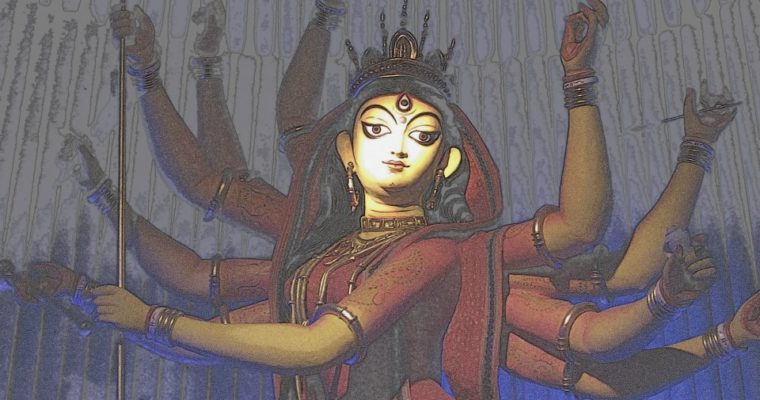
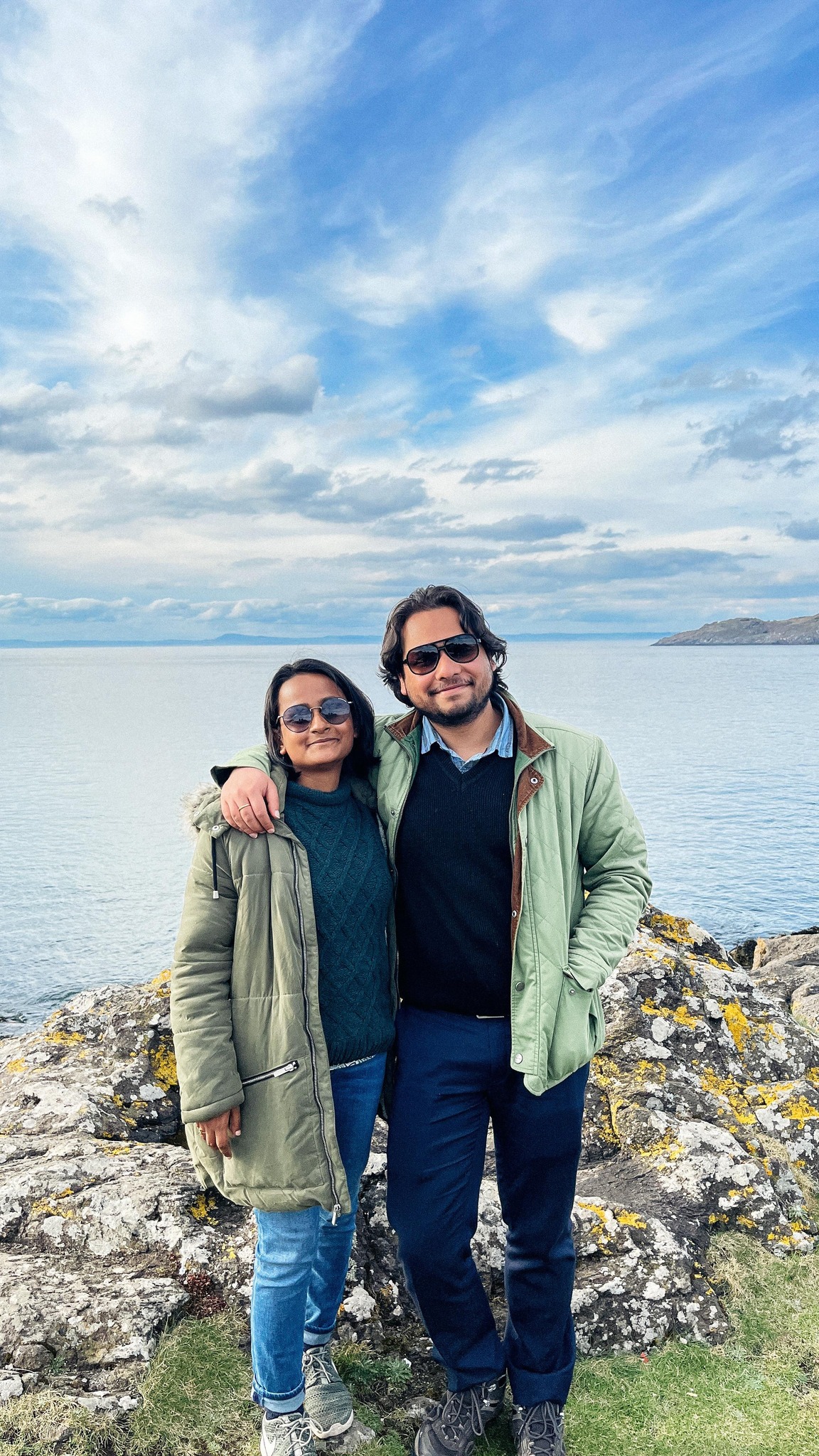
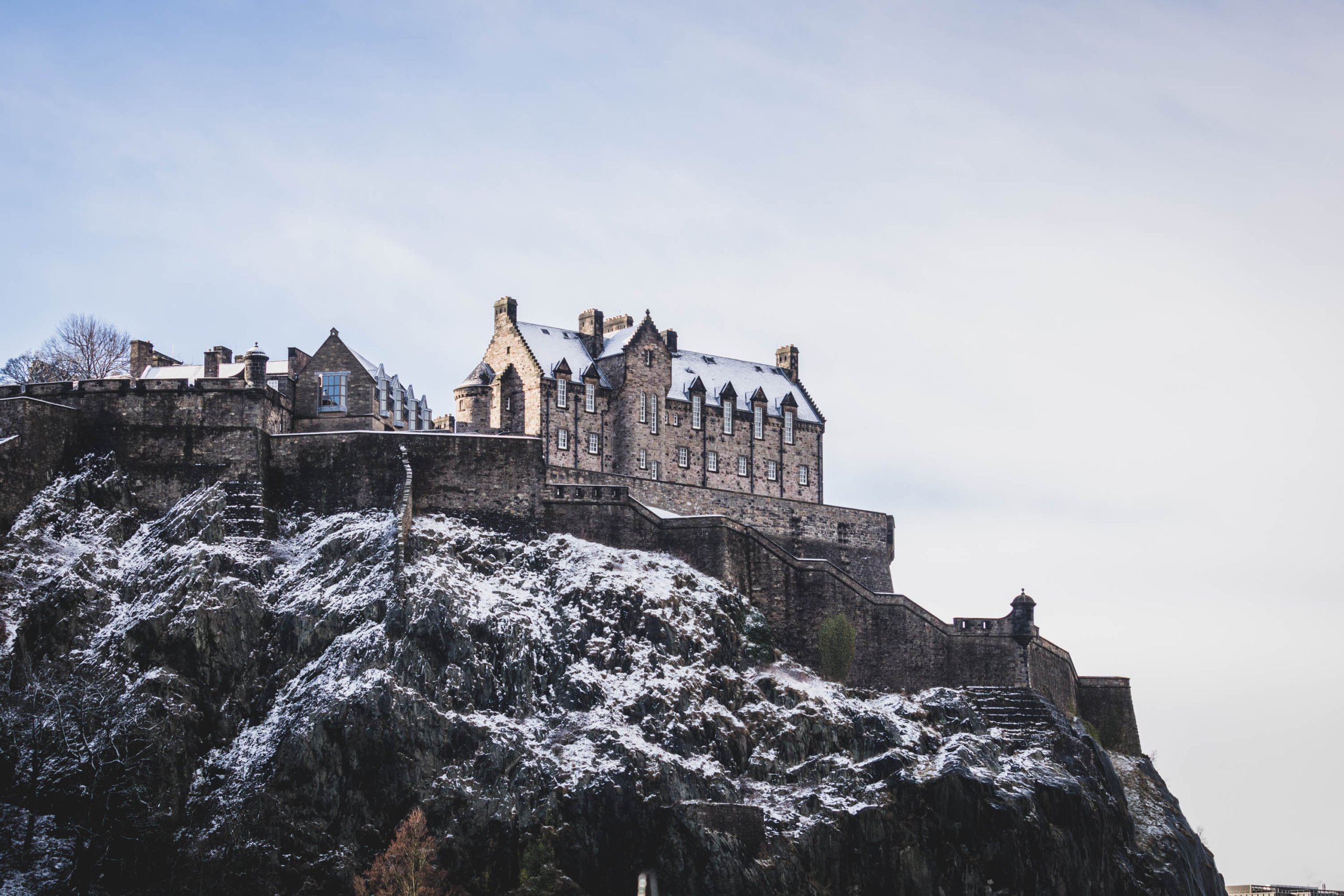
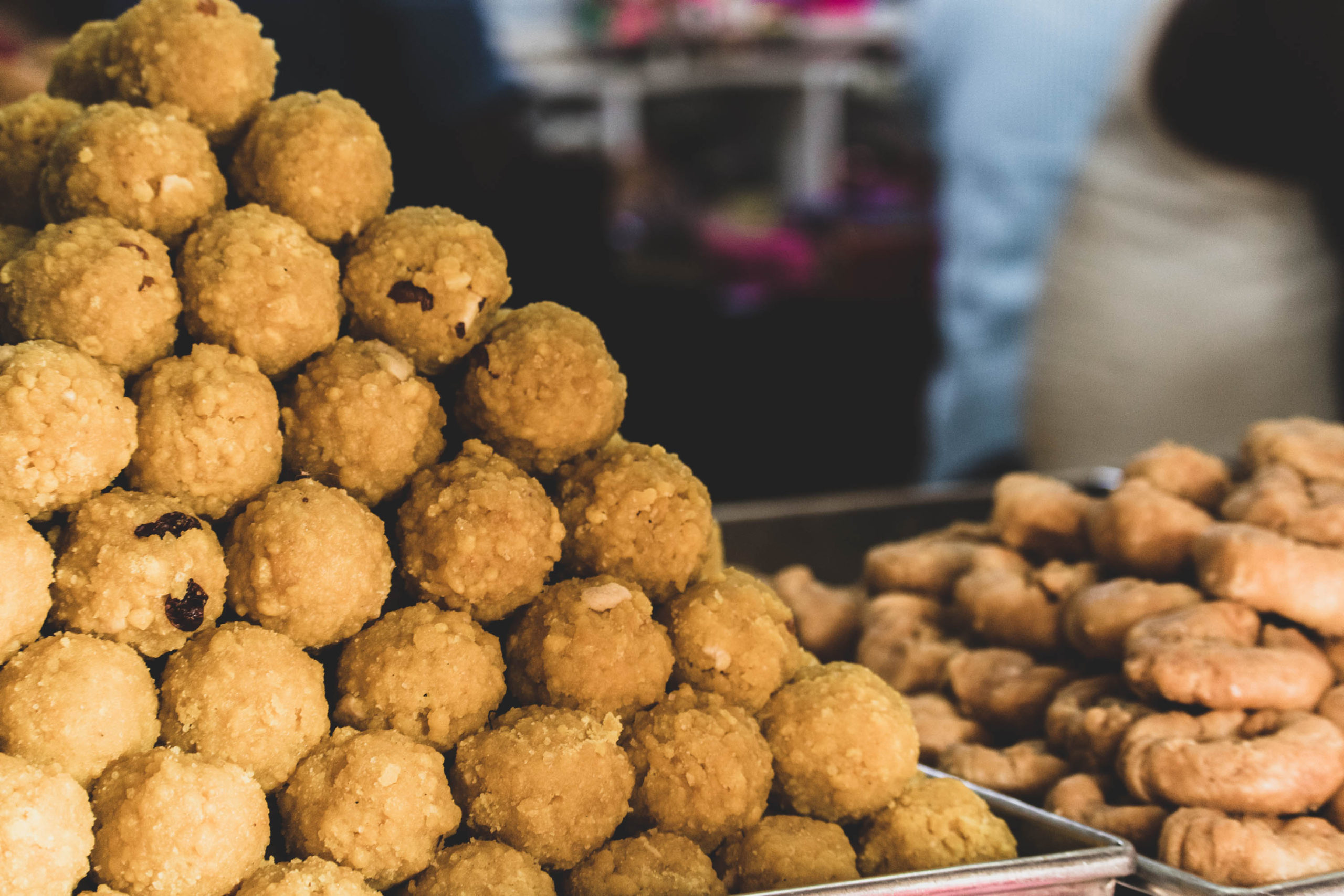
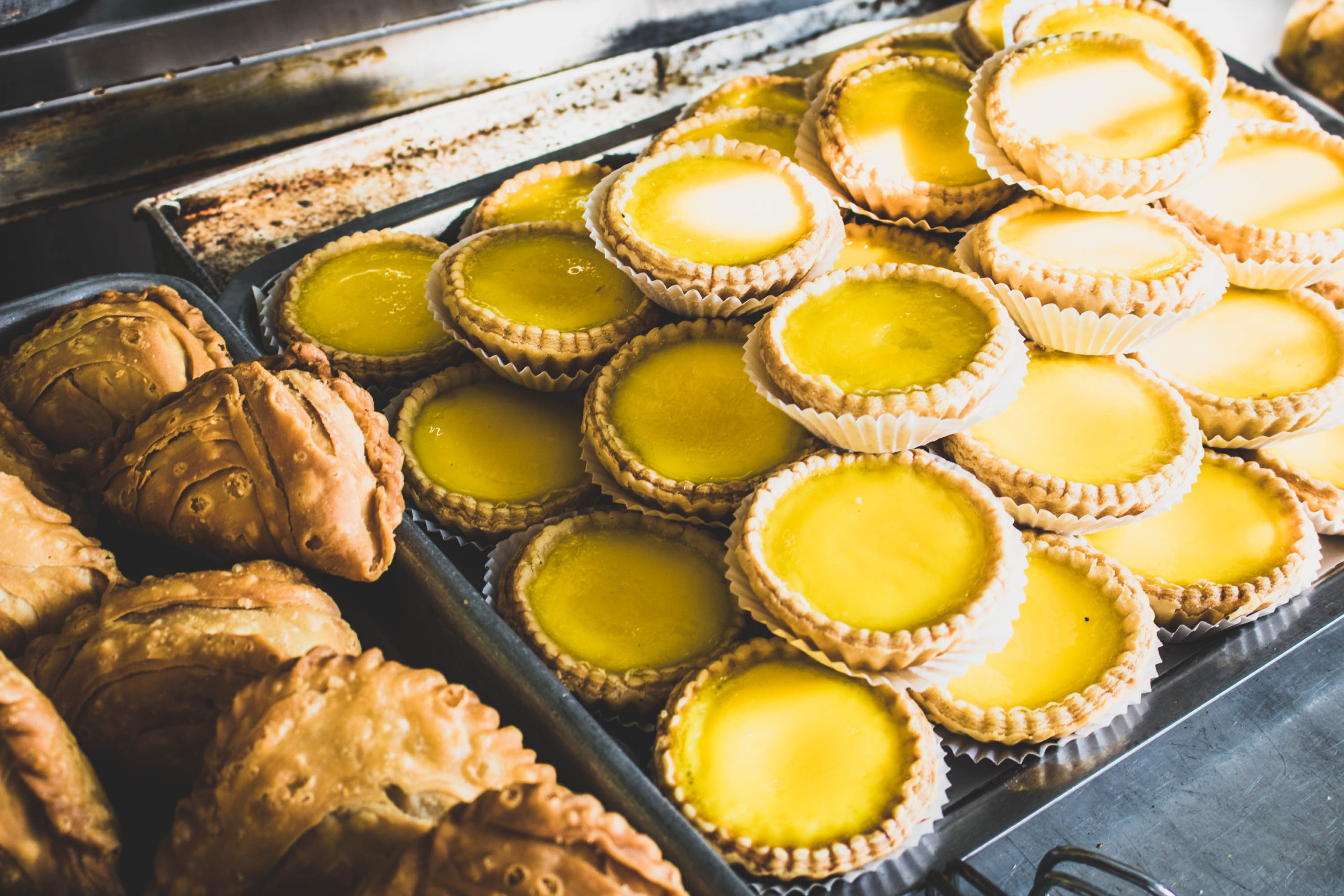
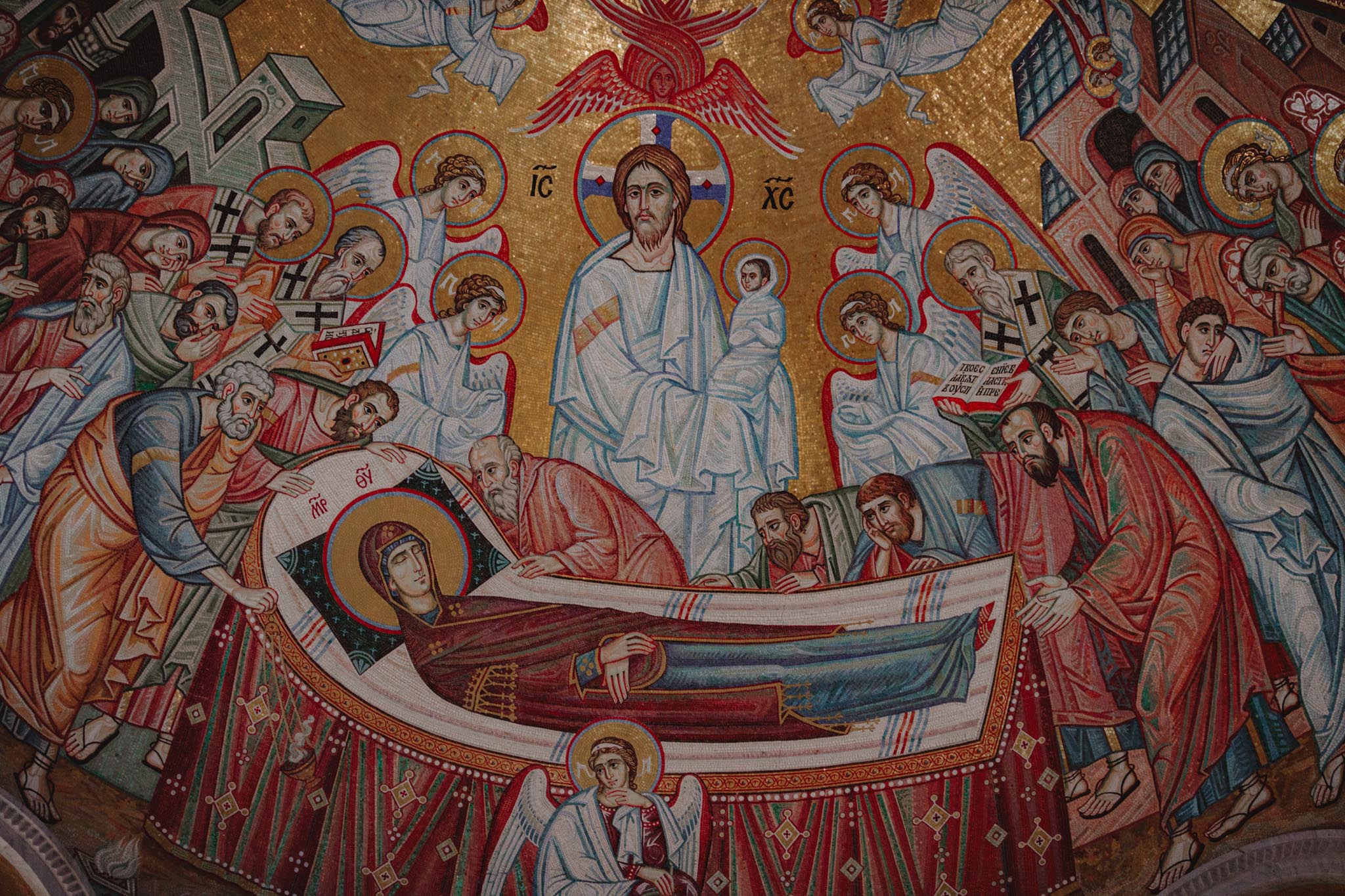
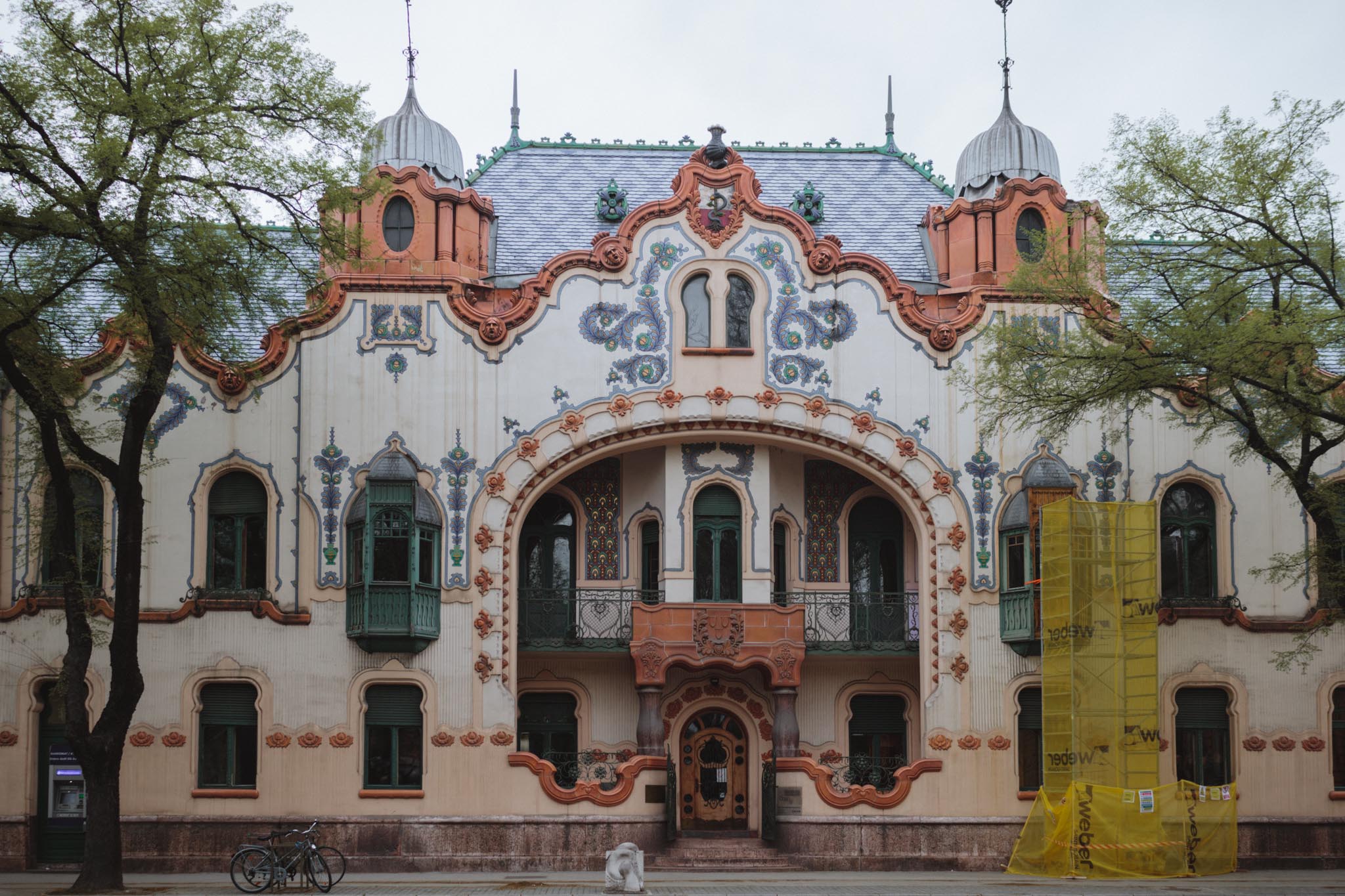

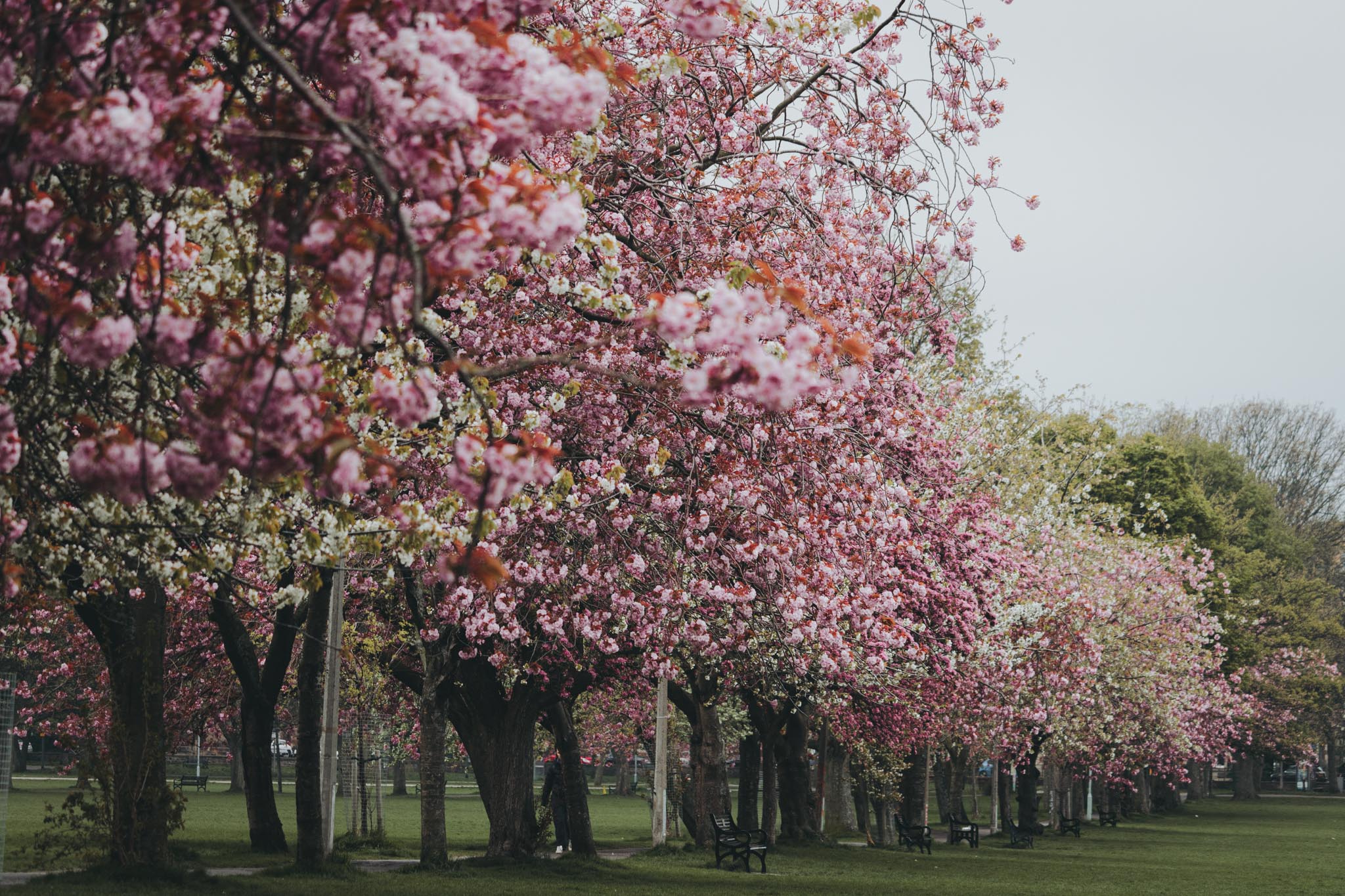
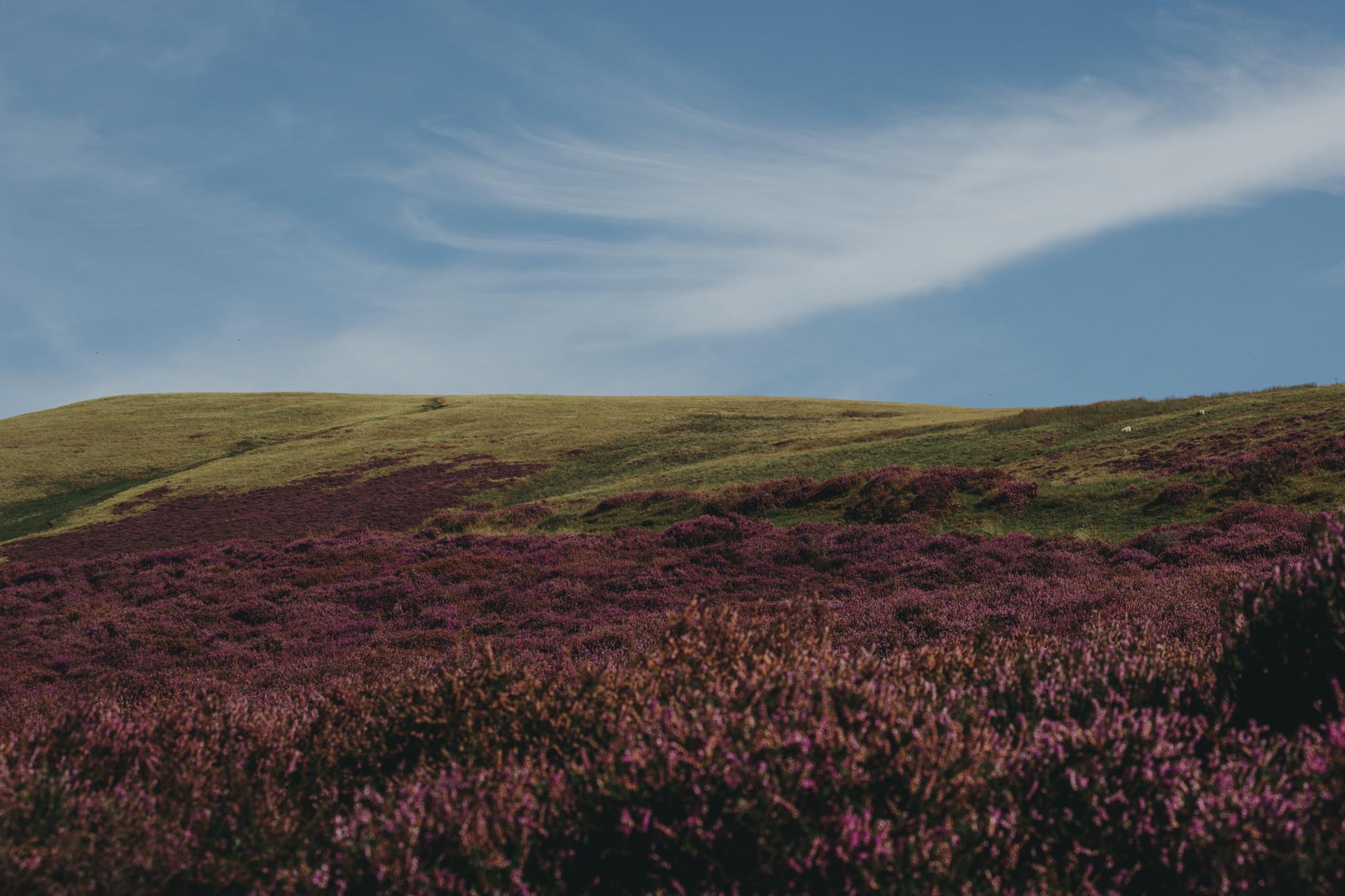
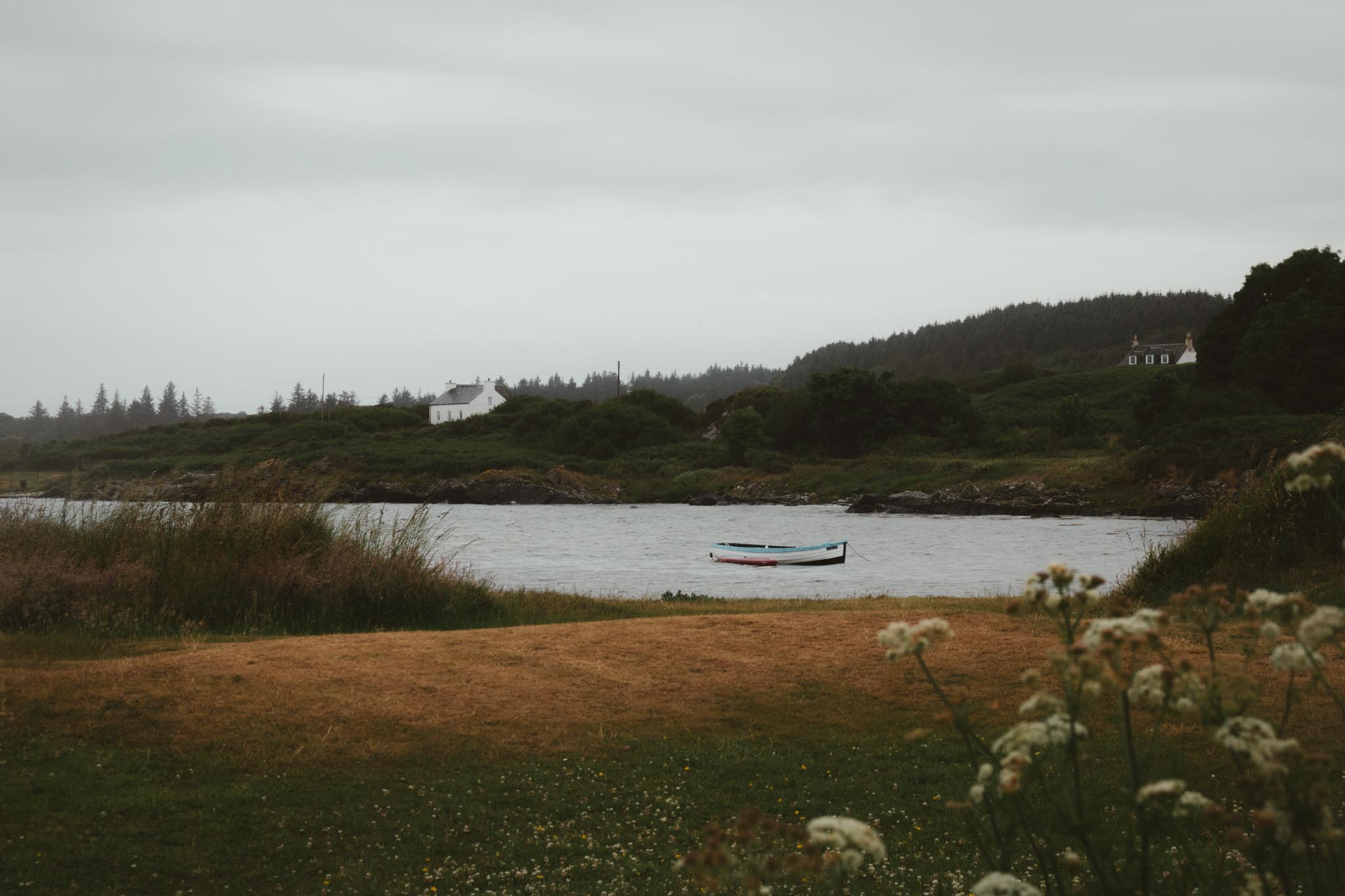
Leave a Reply